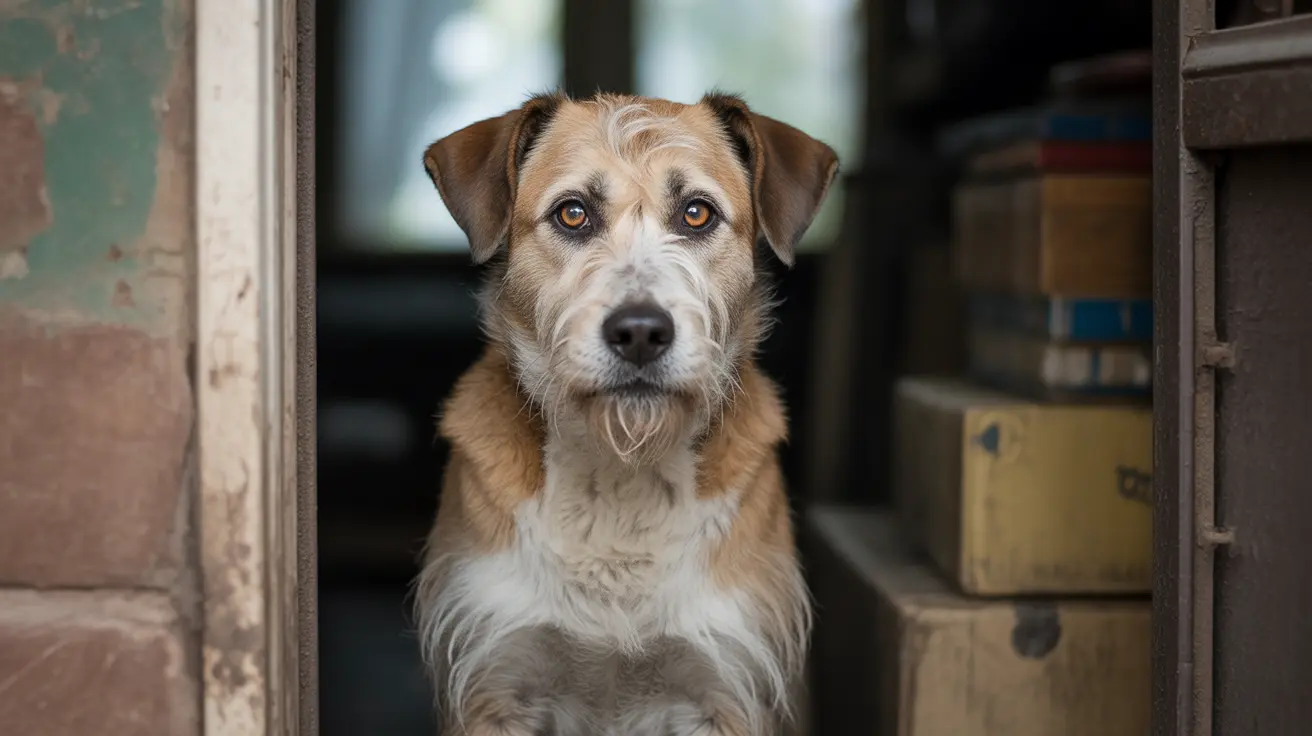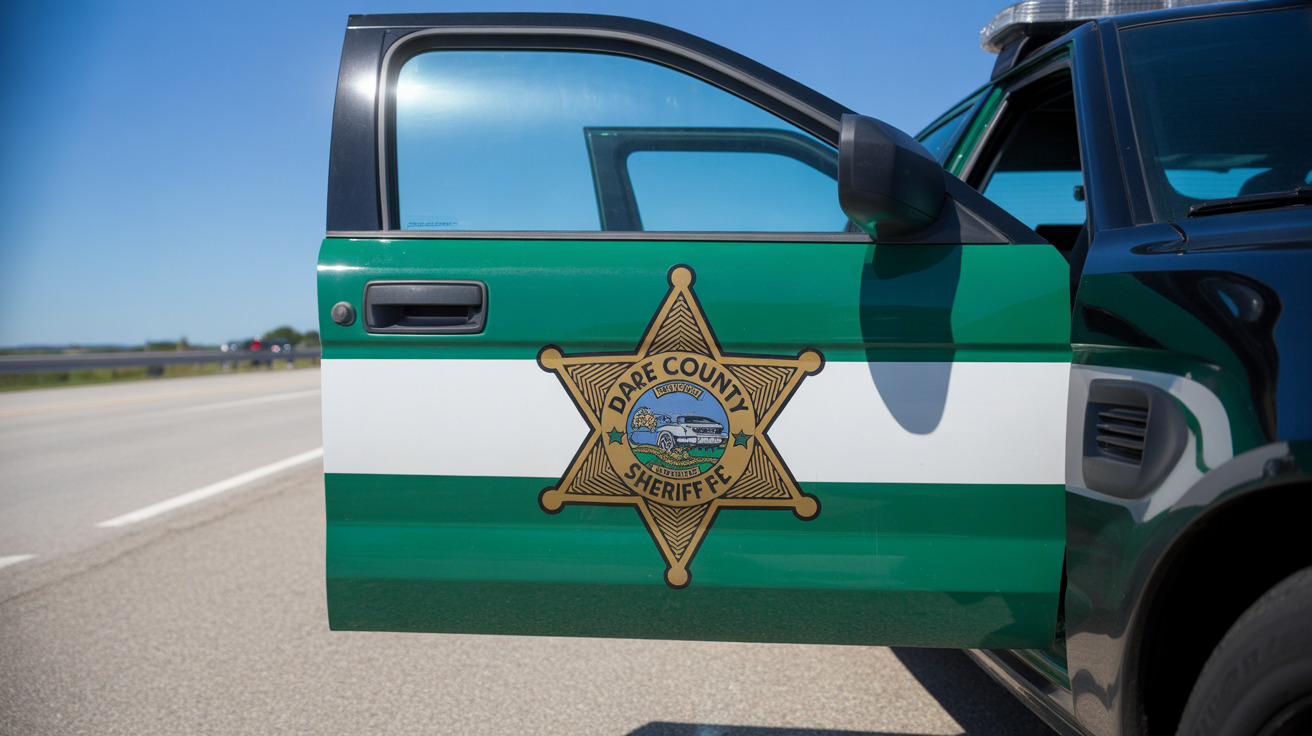When your dog is choking, knowing how to perform the Heimlich maneuver could mean the difference between life and death. This comprehensive guide will walk you through the essential steps of this life-saving technique, helping you act quickly and confidently in an emergency.
Understanding the proper technique for different-sized dogs and recognizing the signs of choking are crucial skills for every pet parent. Let's explore everything you need to know about performing the dog Heimlich maneuver safely and effectively.
Recognizing Signs of Choking in Dogs
Before performing the Heimlich maneuver, it's essential to quickly identify if your dog is truly choking. Watch for these critical signs:
- Excessive drooling
- Pawing at the mouth
- Visible distress or panic
- Difficulty breathing
- Blue-tinted gums or tongue
- Gagging or retching sounds
- Excessive coughing
Performing the Dog Heimlich Maneuver
For Large Dogs
When dealing with a larger dog, follow these steps:
- Stand behind your dog while they're standing
- Place your arms around their abdomen
- Make a fist with one hand
- Place your fist just behind the rib cage
- Use your other hand to grasp your fist
- Pull upward and inward with five quick thrusts
For Small Dogs
For smaller breeds, modify the technique:
- Hold your dog with their spine against your chest
- Support their body weight carefully
- Use gentler, controlled thrusts
- Alternate with back blows between the shoulder blades
- Check the mouth after each attempt
Emergency First Aid Steps
If your dog is choking, follow this sequence of actions:
- Quickly assess the situation
- Look inside the mouth for visible objects
- Attempt to remove any visible obstruction safely
- Perform the appropriate Heimlich technique
- Check for breathing between attempts
- Begin rescue breathing if necessary
After the Emergency
Once the obstruction is cleared:
- Check your dog's breathing and gum color
- Seek immediate veterinary care
- Have your dog examined for potential injuries
- Monitor for delayed complications
Prevention Strategies
Prevent future choking incidents by implementing these safety measures:
- Choose appropriately sized toys
- Supervise chew time
- Remove small objects from reach
- Cut food into manageable pieces
- Replace worn toys regularly
- Avoid giving dangerous items like cooked bones
Frequently Asked Questions
What are the clear signs that my dog is choking and needs immediate help?
The most obvious signs include difficulty breathing, excessive drooling, pawing at the mouth, blue-tinted gums, and visible panic or distress. If your dog can't breathe properly or is making choking sounds, immediate action is required.
How do I safely perform the Heimlich maneuver on a choking dog of different sizes?
For large dogs, stand behind them and perform upward and inward thrusts behind the rib cage. For small dogs, hold them against your chest with their head up and give gentle thrusts. Always adjust your force according to the dog's size.
What first aid steps should I take if my dog is choking before reaching the vet?
First, try to remain calm and check for visible objects in the mouth. If safe, attempt to remove the object. If unsuccessful, perform the Heimlich maneuver appropriate for your dog's size. Continue monitoring breathing and proceed to emergency veterinary care.
When should I start rescue breathing or CPR for my dog after an airway obstruction?
Begin rescue breathing if your dog becomes unconscious or stops breathing after attempting the Heimlich maneuver. If there's no pulse, start CPR with 30 chest compressions followed by two rescue breaths.
How can I prevent my dog from choking on toys, bones, or food?
Prevent choking by selecting appropriate-sized toys, supervising play time, cutting food into manageable pieces, and avoiding hazardous items like cooked bones. Regularly inspect toys for wear and tear, and replace them when damaged.
Remember, while knowing the dog Heimlich maneuver is crucial, prevention is always better than emergency intervention. Keep your home safe, supervise your pet during meals and playtime, and always have your veterinarian's emergency contact information readily available.






